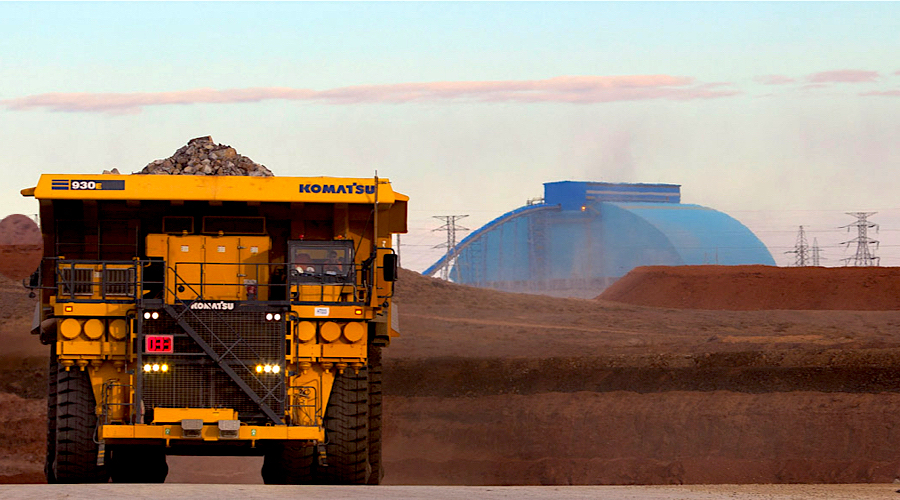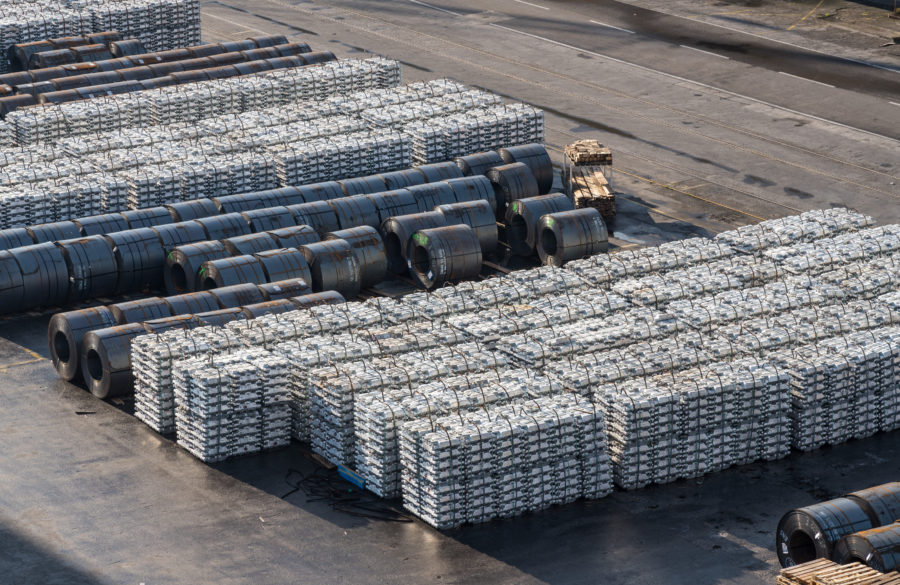Rio Tinto to trial Chinese battery swapping technology at Oyu Tolgoi

Rio Tinto (ASX: RIO) is teaming up with China’s State Power Investment Corporation (SPIC) to test the use of battery swap electric haul truck technology at the Oyu Tolgoi copper mine in Mongolia.
Battery swapping allows an electric vehicle to quickly exchange a discharged battery pack for a fully charged one, instead of recharging the vehicle at a static charging station.
The technology is already applied on haul trucks in mining operations across China, and this collaboration will enable Rio Tinto to demonstrate a complete battery electric truck and charging ecosystem at one of its operations.
The project will run for two years, comprising eight mining haul trucks (91-tonne payload), 13 batteries (800kWh), and a robotic battery swap and charging station in non-production activities in the aboveground operations at Oyu Tolgoi.
Technical experts from Rio Tinto and Oyu Tolgoi have worked closely with SPIC and truck manufacturer Tonly to adjust equipment design to align with Rio’s electrical and truck safety requirements. The trucks will perform tailings dam rehabilitation work and topsoil movement and be operated and maintained by Oyu Tolgoi personnel.
Each battery is expected to last up to eight hours, depending on the work performed, and the battery swap process takes around seven minutes, enabling increased use of the equipment through minimal charging downtime.
The first truck is ready to arrive at Oyu Tolgoi this year and the remaining seven trucks, along with the battery swap and charging infrastructure, will be in operation by mid-2025.
Rio Tinto said it is committed to reaching net-zero Scope 1 and 2 emissions by 2050 and believes Chinese innovation and technologies can play an important role in achieving this.
The Australian miner currently operates about 700 haul trucks across its global operations, of which 100 are classified as small or medium class (100- to 200-tonne payload).
“By partnering with the State Power Investment Corporation, we will be demonstrating the latest technology and innovation available in China and assessing its potential to help decarbonize our operations quickly and cost effectively,” Rio’s chief decarbonization officer Jonathon McCarthy said in a statement.
“This demonstration will allow us to explore applications for battery swap technology that deliver more flexibility and less downtime than current static charging technologies. This work will complement the electrification pilots of ultra-class mining haul trucks planned for the Pilbara.”
“We are proud the Oyu Tolgoi team is playing a pivotal role in advancing this innovative technology on behalf of Rio Tinto. This project represents a significant step in our ongoing decarbonization journey, aligning closely with Oyu Tolgoi’s strategic commitment to sustainable growth,” added Oyu Tolgoi CEO Deirdre Lingenfelder.
Oyu Tolgoi, in the Umnugovi province of Mongolia, is one of the largest known copper and gold deposits in the world, with annual production estimated at 168,000 tonnes of copper and 177,000 oz of gold. It is also one of the most modern safe, and sustainable operations in the world, Rio said.
Open pit mining at Oyu Tolgoi first started in 2011, and the copper concentrator, the largest industrial complex ever built in Mongolia, began processing mined ore into copper concentrate in 2013. Last spring, underground production also kicked off, which is expected to elevate Oyu Tolgoi into one of the world’s top copper producers by 2030.
More News
Column: Europe’s future metals strategy hindered by current crisis
Chinese over-capacity and high energy prices have accelerated the long-term decline of European steel and aluminum production.
March 29, 2025 | 02:25 pm
Anglo starts talks with banks on possible De Beers IPO
Anglo is pursuing a dual-track process in its effort to exit De Beers by trying to find a buyer for the struggling business.
March 28, 2025 | 12:19 pm
{{ commodity.name }}
{{ post.title }}
{{ post.excerpt }}
{{ post.date }}



Comments